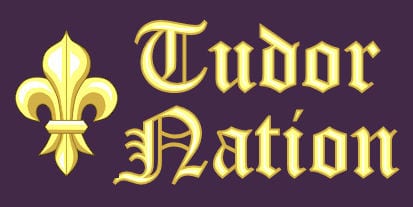Early Life
Lady Jane Grey was born in October 1537. She was the eldest daughter of Henry Grey and Frances Brandon. Frances was Henry VIII’s niece, the daughter of his sister Mary and her second husband Charles Brandon.
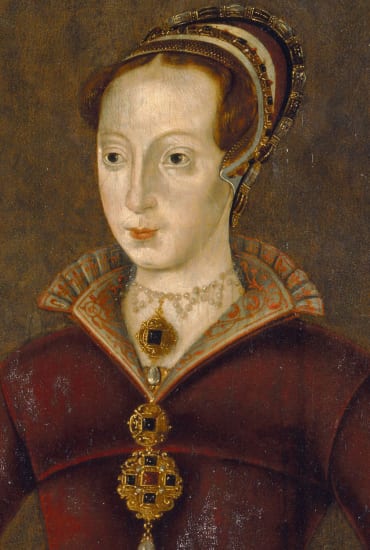
In 1544, King Henry VIII passed a new act of Succession that stated that his son, Edward would succeed to the throne to be followed by his daughters Mary and Elizabeth. Next would come the descendants of his younger sister, Mary. This made Jane’s mother fourth in line to the throne and Jane herself, fifth.
Jane was schooled by private tutors and received a humanist, Protestant education. She is said to have been an excellent scholar with a deep love of learning. Her parents were very strict and Jane is said to have told Roger Ascham that if she did not act or behave in the way her parents wished, she would be “..sharply taunted, so cruelly threatened, yes presently sometimes with pinches, nips and bobs and other ways.’ Jane’s ambitious parents expected her to behave in a manner that would attract a high-ranking suitor.
Katherine Parr’s Household
At the age of 9 years, Jane Grey was sent to court under the protection of Katherine Parr, Henry VIII’s sixth wife. She developed a close relationship with the Queen and after the death of Henry VIII in 1547 she remained in Katherine’s household. When Katherine Parr married Thomas Seymour a short while later, Jane joined their household. Sadly, Katherine died in 1548 shortly after giving birth to a daughter, Mary.
Thomas Seymour’s Ward
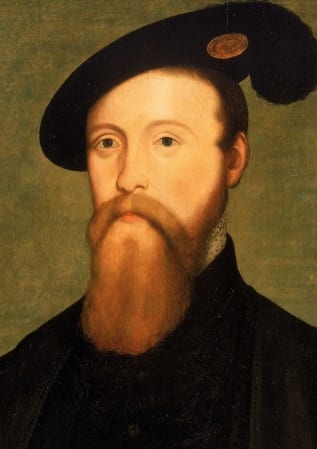
Jane now became the ward of Thomas Seymour. It was unusual for a young girl to become the ward of a single man, but it is thought that Jane’s ambitious parents approved the wardship believing that Seymour could help arrange a marriage with King Edward VI. The King was a devout Protestant, like Jane, and it is likely they believed that he would welcome the marriage. Thomas Seymour’s brother Edward was head of the Regency Council for the young king and Thomas, who wanted more power for himself, had began secretly visiting King Edward, giving him pocket money and treats. When the council discovered the secret visits, together with evidence that Thomas had designs on marrying Elizabeth, he was charged with treason and executed on 10th March 1549. Jane Grey returned home to her parents.
John Dudley’s Pawn
By 1551, Edward Seymour had been arrested and John Dudley had become head of the regency Council. Dudley gave himself the title Duke of Northumberland. The same year, Jane’s father inherited the title Duke of Suffolk in respect of his wife Frances. The Grey family now spent more time at court.
By 1552 it was apparent that Edward VI would not survive to adulthood. By the Act of Succession of 1544 next in line was Edward’s Catholic sister, Mary. John Dudley realised that if Mary were to take the throne he would lose his high position. Since both Mary and Elizabeth had been declared illegitimate, Dudley believed that this could be used to prevent Mary and Elizabeth becoming queen.
Through her mother, Jane Grey had a claim to the throne. John Dudley negotiated a triple marriage alliance with the Grey family and two other families he believed would support his plan. Jane Grey would marry Dudley’s son Guildford, her sister Katherine would marry Henry Herbert, son of the Duke of Pembroke and Dudley’s daughter, Katherine would marry Henry Hastings, son of the Earl of Huntingdon. Jane initially refused the marriage but was so badly punished by her parents that she had no choice but to agree. The ceremony was performed on 25th May 1553.
Devise for the Succession
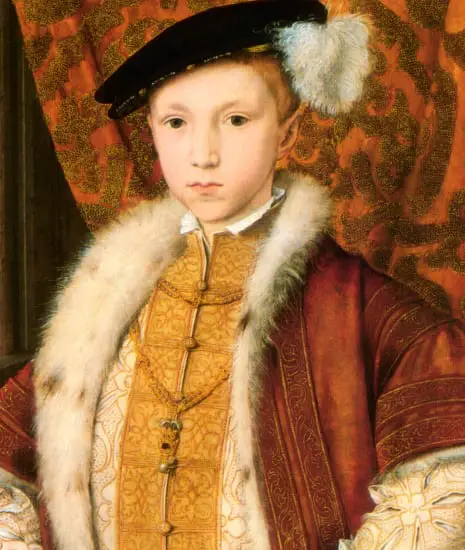
In the Summer of 1553, King Edward signed the Devise for the Succession which passed the succession to Jane Grey. After the signing Dudley called the leading nobles to swear to abide by the terms of the document. It is clear that Dudley believed he could keep his position as regent as Jane was just 15 years old. Dudley also expected his son to be created King Consort, a position that would allow him to rule equally with Jane.
Edward VI died on 6th July 1553 but the news was kept secret because Dudley wanted to capture Mary before she could rally supporters to her cause. He also hoped to lure Elizabeth to London so that she could also be imprisoned. Despite Dudley’s best efforts both ignored Dudley’s summons to London.
Queen of England for 9 days
By 10th July 1553, the news of Edward’s death could not be kept secret any longer and Jane Grey was officially proclaimed Queen on 10th July 1553. She and Guildford were sent to the Tower of London to await their coronation. Queen Jane shocked Dudley by stating that she would refuse to make Guildford King Consort and that he would be given the title Duke of Clarence.
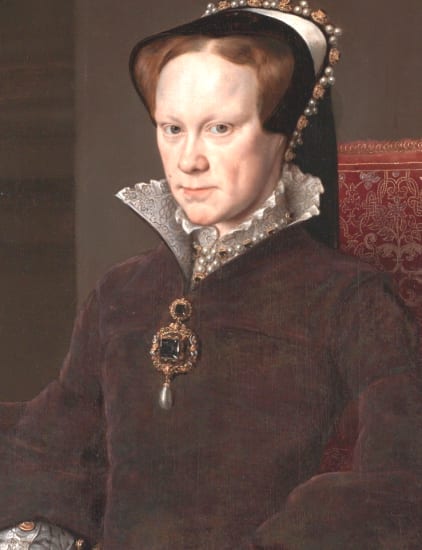
As soon as the news of Edward’s death reached the people they began to rise for Mary. Dudley had sent his son Robert at the head of a force to intercept Mary and prevent her reaching London. Dudley himself also left London with an armed force to support his son. However, as soon as he left London, members of the Council declared their support for Mary. She was proclaimed Queen Mary I on 19th July 1553. John Dudley was captured and sent to the Tower of London on a charge of treason. He was executed on 22nd August 1553. Jane and Guildford were now imprisoned as were Dudley’s other sons.
Treason
On 13th November 1553 Lady Jane Grey was put on trial for high treason. She pleaded guilty to the charge and was sentenced to death by beheading or burning. Her husband Guildford received the same sentence. However, Mary realised that Jane and Guildford had been innocent pawns used by their ambitious parents and did not sign the death sentence.
Wyatt’s Rebellion
In January 1554 Thomas Wyatt organised a rebellion against the marriage of Mary to Philip II of Spain. Many nobles, including Jane’s father, Henry Grey, joined the rebellion. They hoped to depose Mary and for Jane to be restored as Queen. The rebellion failed and the leaders, including Henry Grey, were captured and executed. Mary was now was reluctantly pressured into authorising the execution of Jane Grey and Guildford Dudley to prevent further rebellions.
Execution
Jane Grey was executed by beheading on 12th February 1554. The execution took place in private within the walls of the Tower of London. She was buried in the church of St Peter ad Vincula.
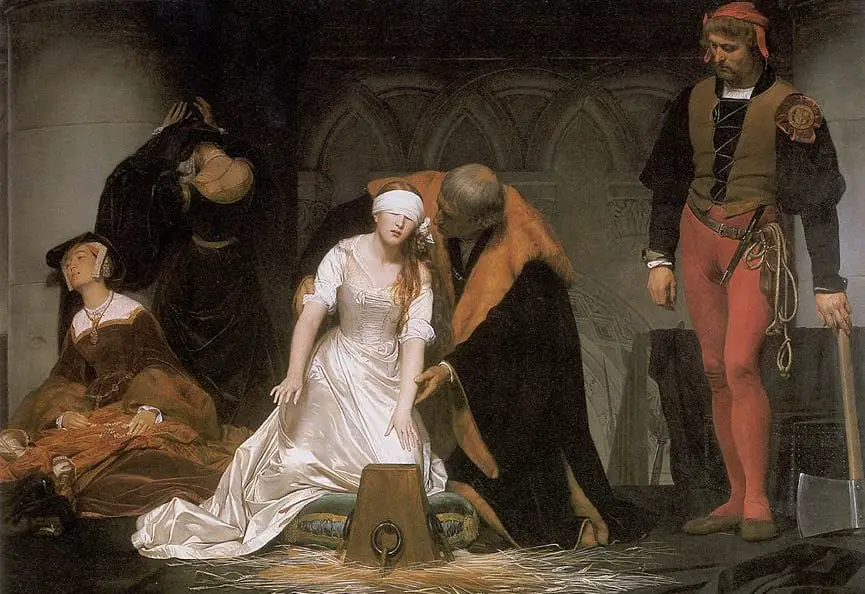
Published Jul 8, 2020 @ 4:35 pm – Updated –
Harvard Reference for this page:
Heather Y Wheeler. (2020 – 2024). Lady Jane Grey 1537 – 1554 Available: https://www.tudornation.com/lady-jane-grey-1537-1554 Last accessed [date]
